Source: @Scavino47 via X | The White House
Trump on Tuesday night announced on his Truth Social platform what he called a “massive” trade agreement with Japan, which the president said includes a 15% tariff rate and $550 billion in investments. But the details of that deal on a card on Trump’s desk during a meeting with a Japanese delegation and top White House aides shows discrepancies and last-minute edits, according to a photo posted on X by Dan Scavino, the White House deputy chief of staff.
The card on Trump’s desk displays a 10% tariff, in addition to a 15% levy rate on the automotive, pharmaceutical and semiconductor industries. However, Trump said in his Truth Social post only that Japan would face a rate of 15%, without elaborating.
“Japan will pay Reciprocal Tariffs to the United States of 15%,” Trump wrote.
Below the tariff rate, “$400B” appears on the board in large lettering. The number four is crossed out, with “500” written above it.
That seems to reference Japan’s plan to invest in the U.S., which Trump explained in his social media post. But Trump used a different figure in his post than even the altered amount on the card, saying in the post that Japan would invest $550 billion in the U.S.
It is not clear why the amount in his post was $50 billion higher than the altered amount on the card.
“Japan will invest, at my direction, $550 Billion Dollars into the United States, which will receive 90% of the Profits,” Trump wrote in the post. “This Deal will create Hundreds of Thousands of Jobs — There has never been anything like it.”
The White House did not comment on CNBC’s request for clarification on the tariff rate or total investment amount. It’s not clear whether the change on the card is the result of last-minute negotiations by Trump, typos, or something else. Nor was it clear who altered the $400 billion figure.
Commerce Secretary Howard Lutnick appeared to take credit for the board in a Wednesday morning interview with Bloomberg but did not directly address the edits or discrepancies.
“I created the big board and put it there,” Lutnick said. “But the answer is: the negotiator in chief of the United States of America is sitting behind the desk. Donald Trump is sitting there negotiating the deal.”
Treasury Secretary Scott Bessent said in a Wednesday morning interview with Bloomberg that auto imports to the U.S. from Japan got the 15% rate — despite some other countries’ automakers facing higher rates — because Japan offered guarantees of equity credit and funding for large U.S. projects. This statement came in response to a question about whether trading partners could now expect to see a floor of 15% tariffs during negotiations.
“That is a different kind of deal,” Bessent said. “They got the 15% rate because they were willing to provide this innovative financing mechanism.”
Wall Street was left a bit confused by the terms of the deal.
Andy Laperriere, head of U.S. policy research at Piper Sandler, said Japanese officials are “describing it differently” when it comes to the investment plan. Japan’s leaders, he said, see the $550 billion figure as a cap and inclusive of government loan guarantees.
“Especially given that the Japanese believe they are being bullied into this commitment, they will almost certainly slow walk whatever investments they don’t think are in their own economic self-interest,” Laperriere wrote to clients in a Wednesday note.

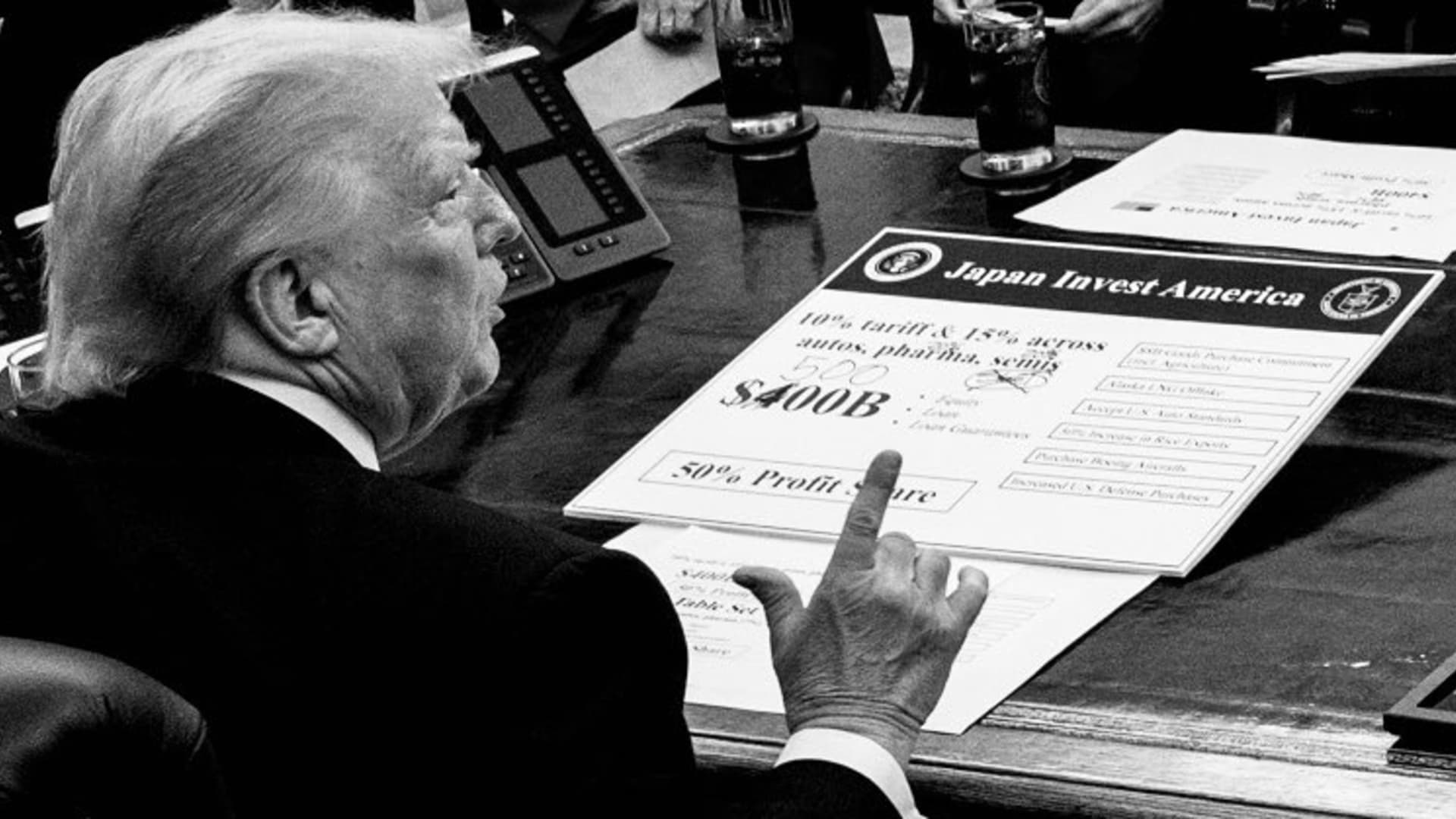


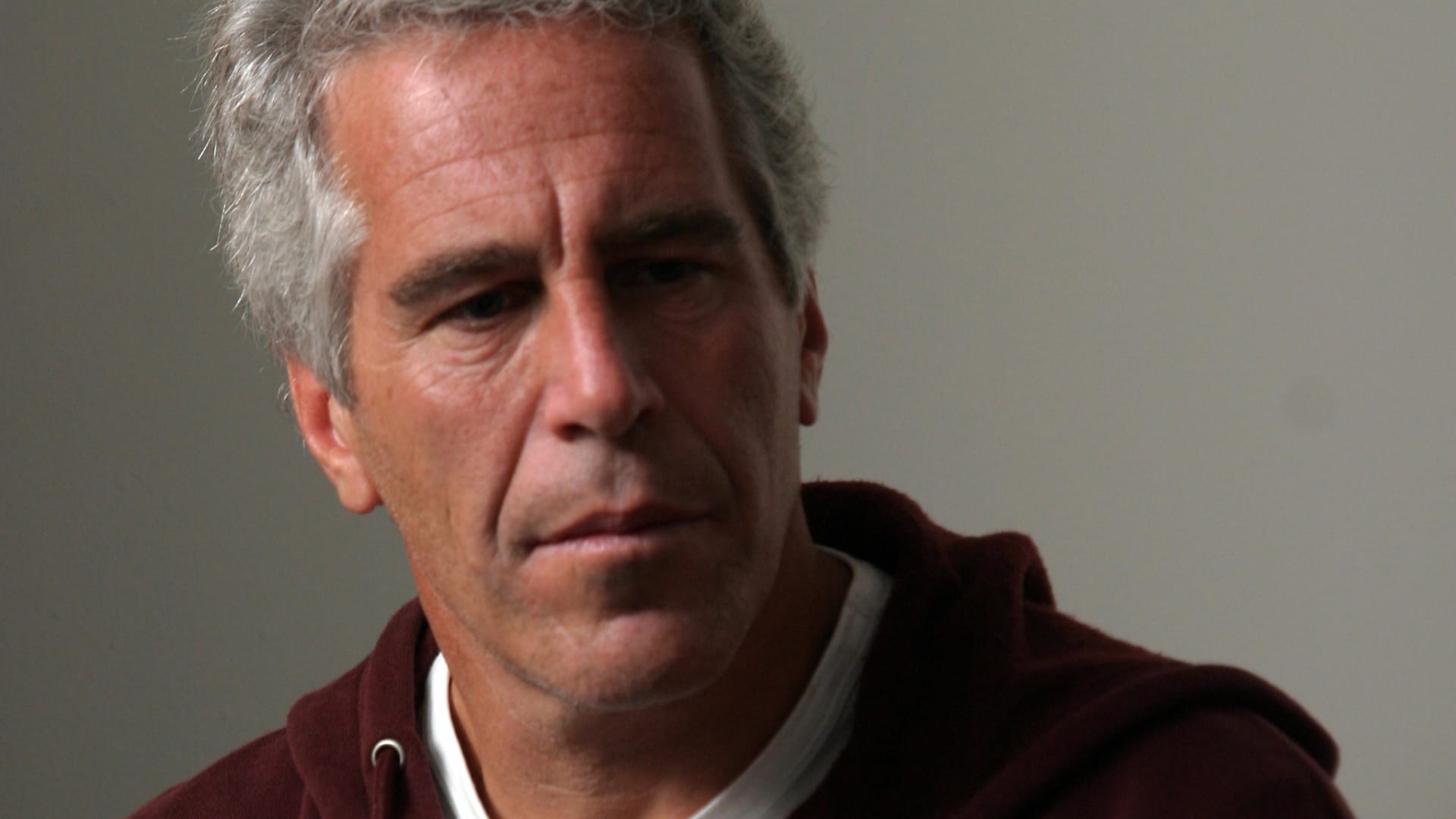
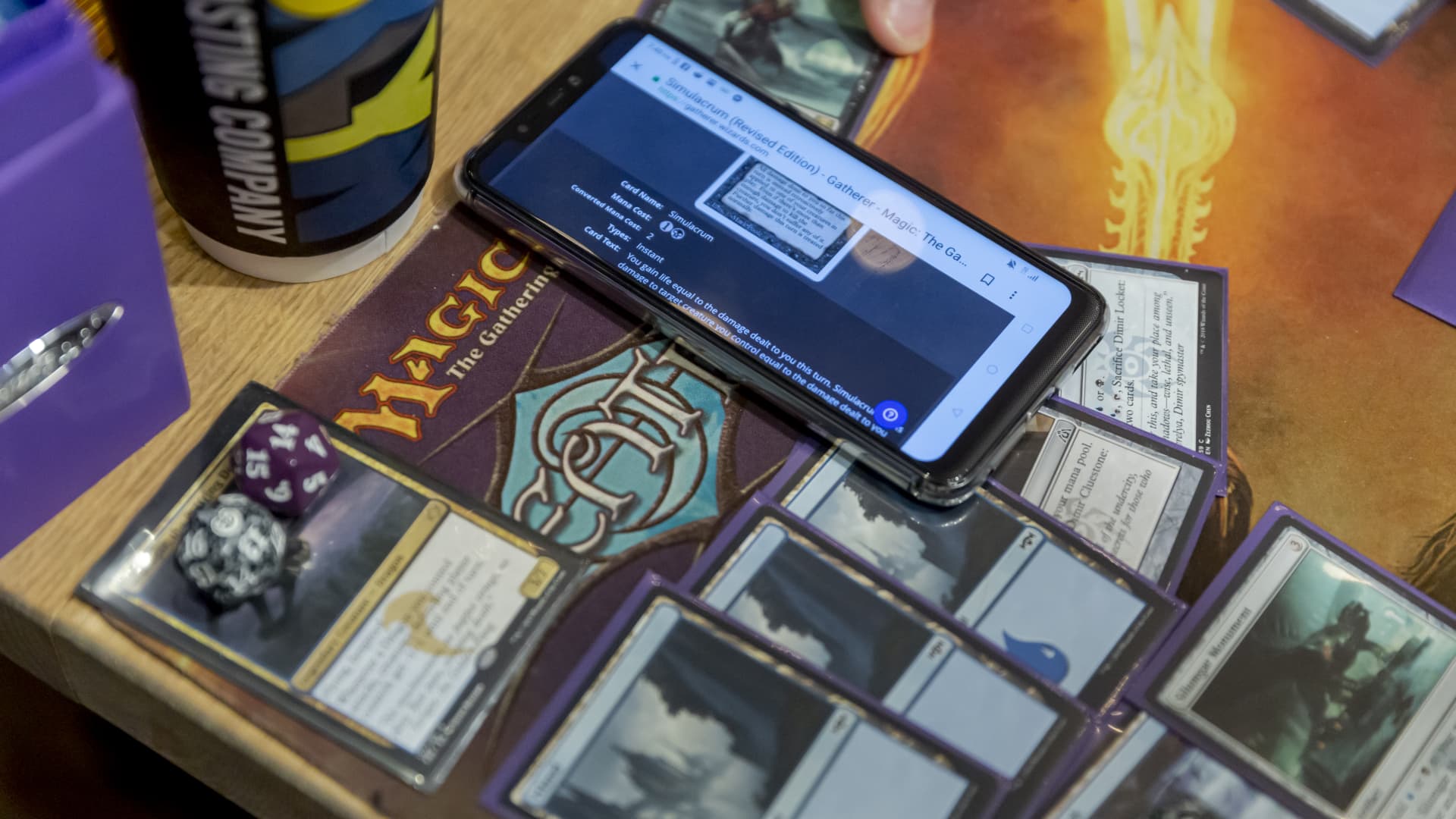
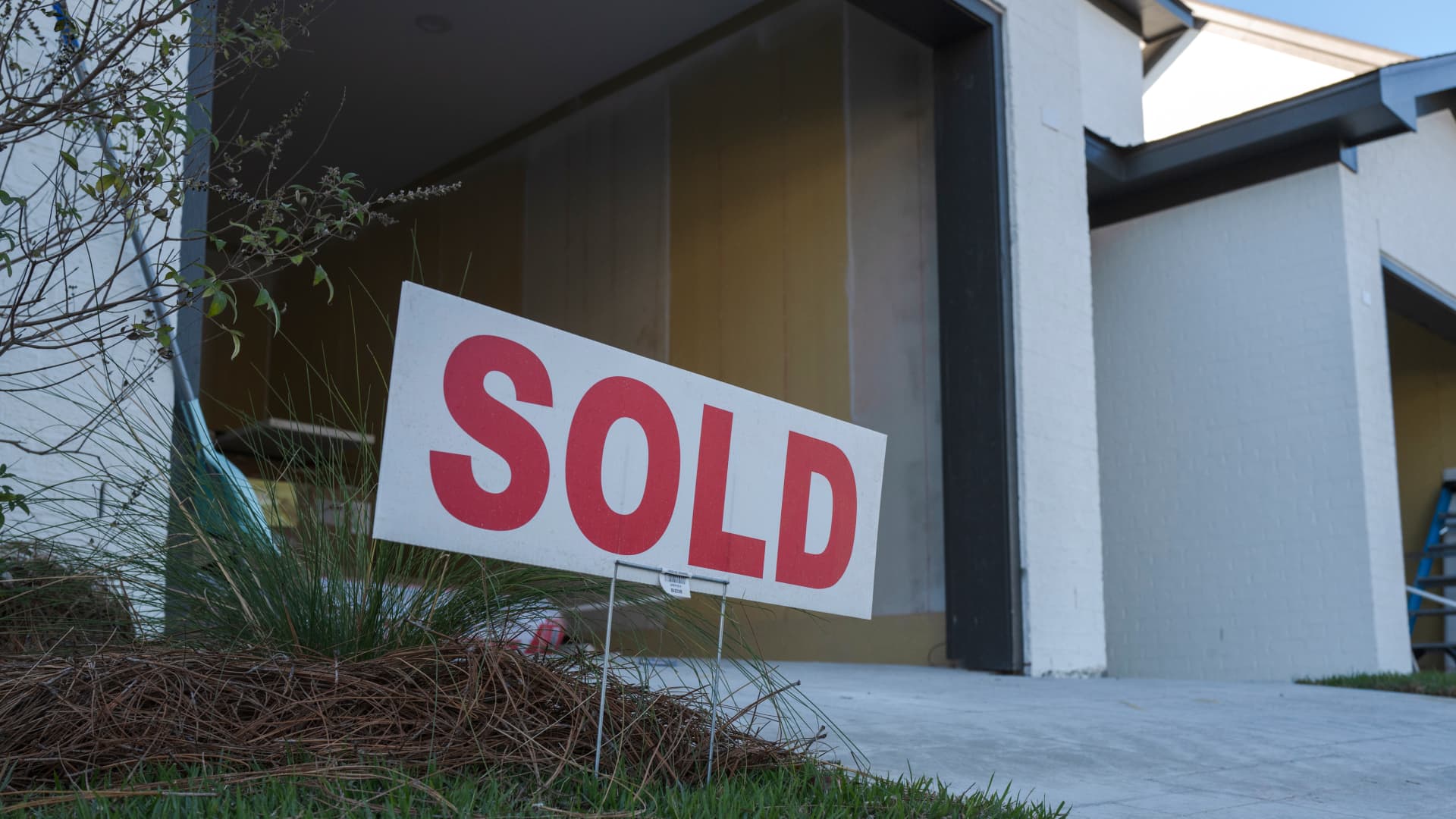
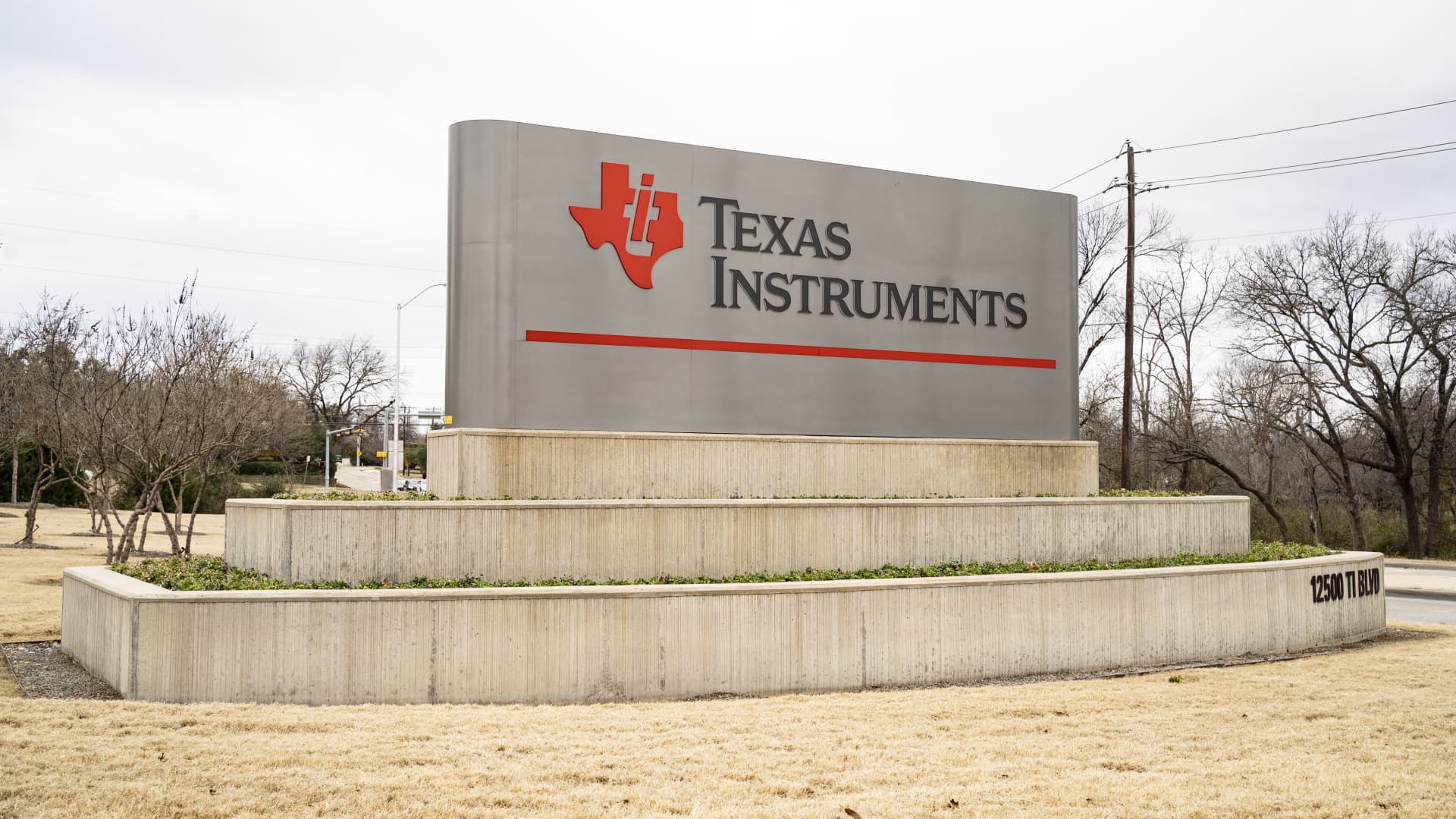
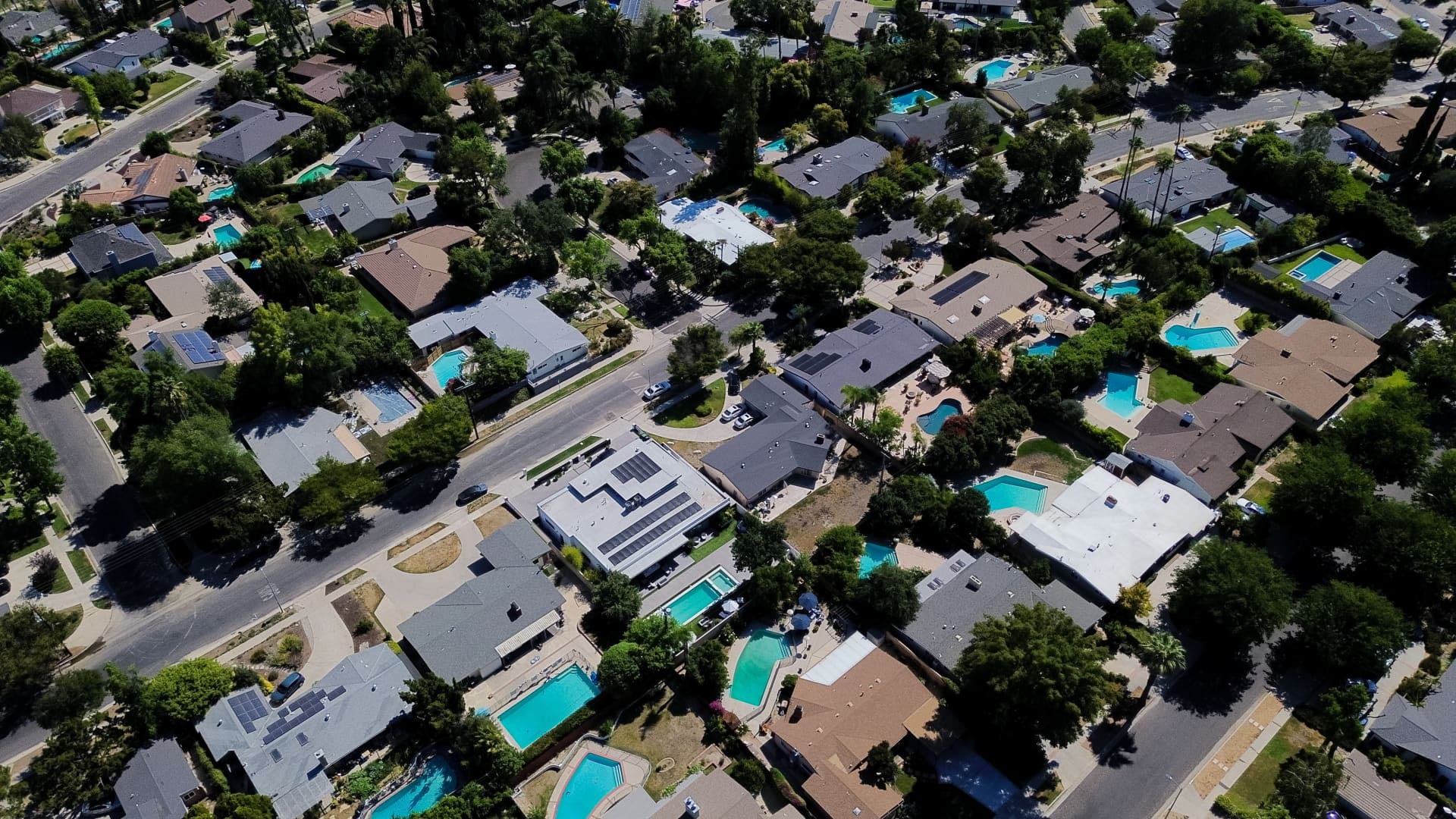
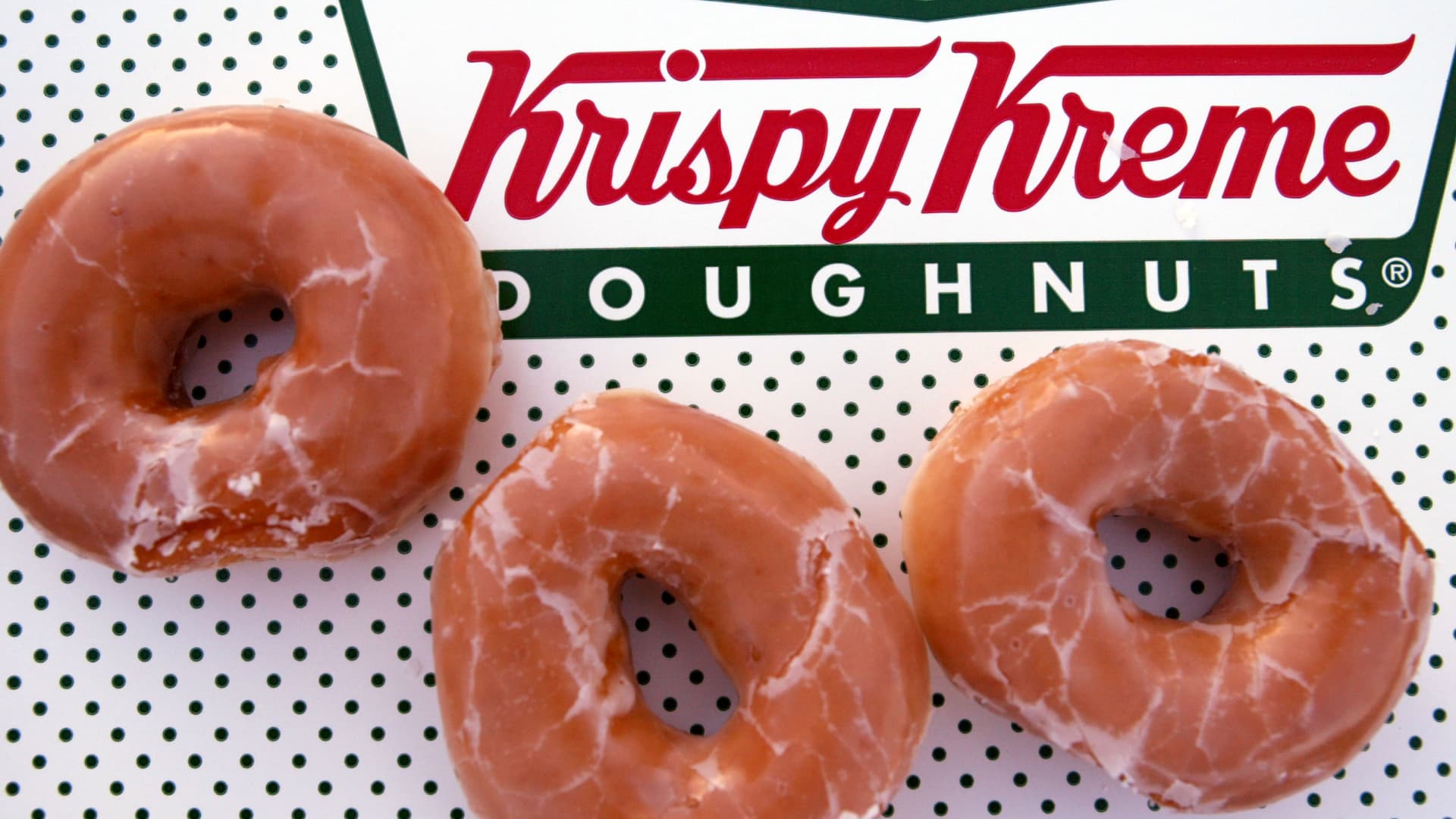

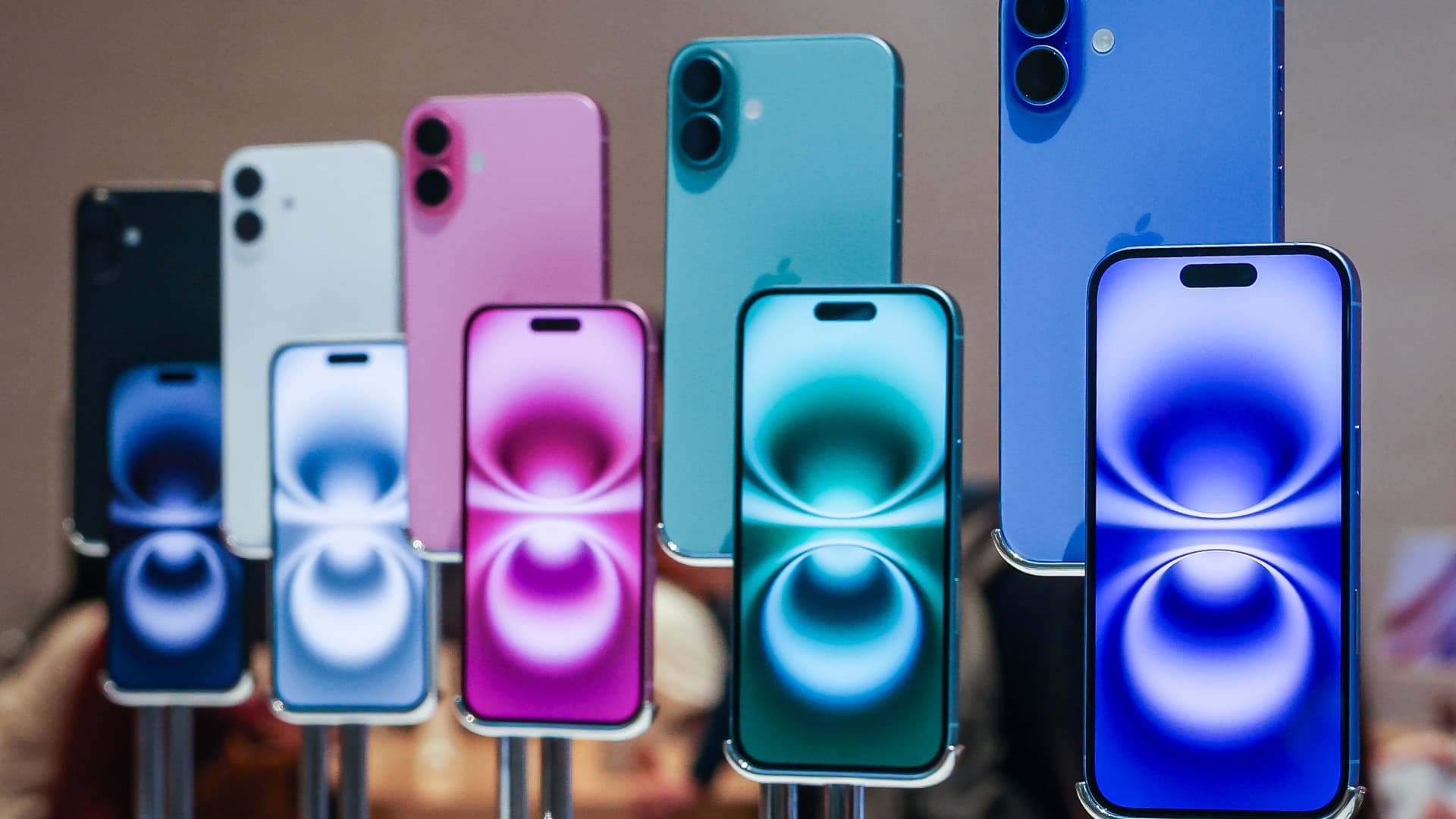



Leave a Reply